The National History Museum at St Fagans is an open air museum of Welsh life on the outskirts of Cardiff which showcases the historical lifestyle, culture and architecture of the Welsh people.
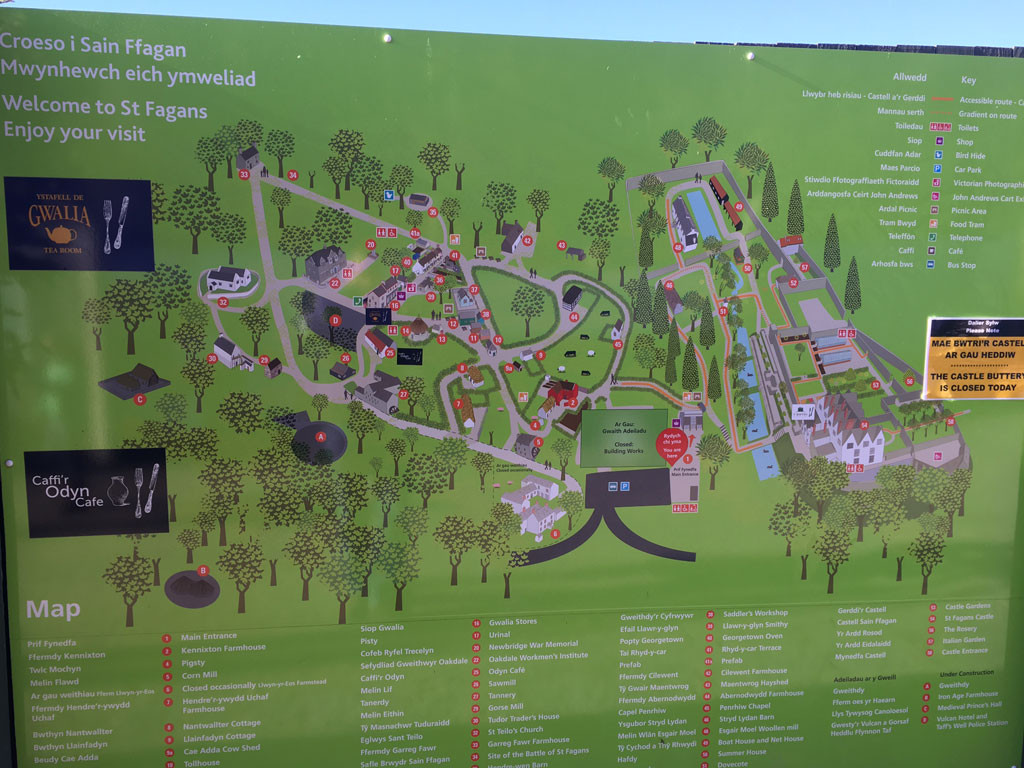
Entry is free and there is so much to do in this beautiful countryside setting for visitors of all ages.
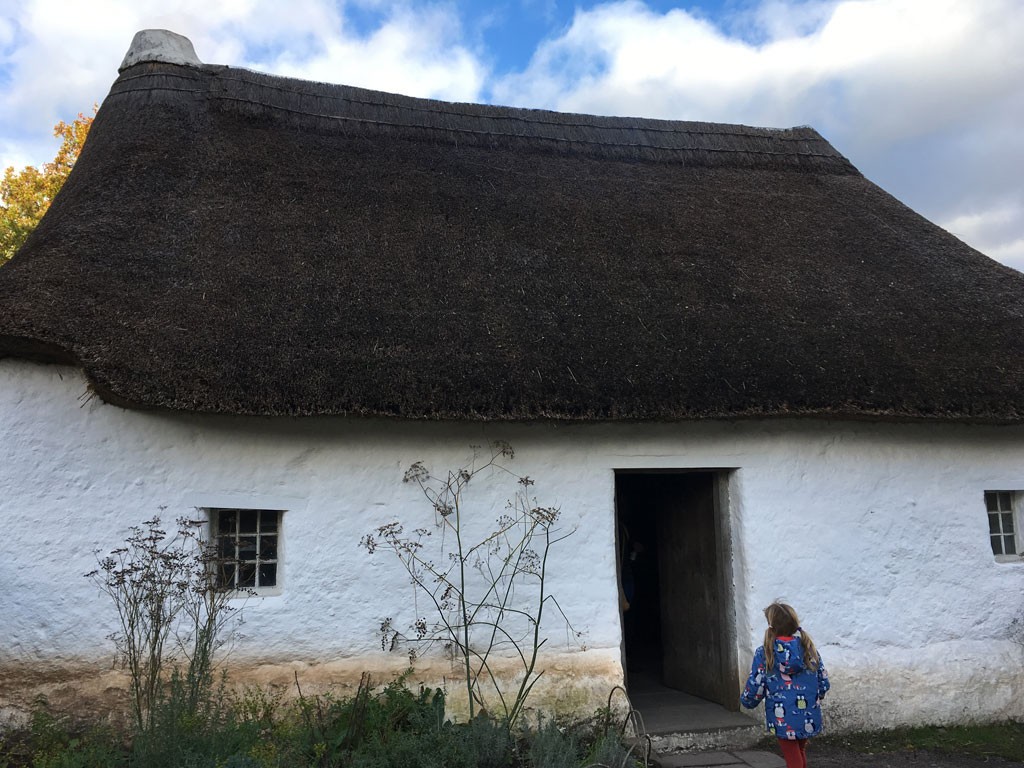
More than 40 buildings are on display to explore, showing you what life would have been like at different time periods in Welsh history from the Iron Age through to the Eighties.
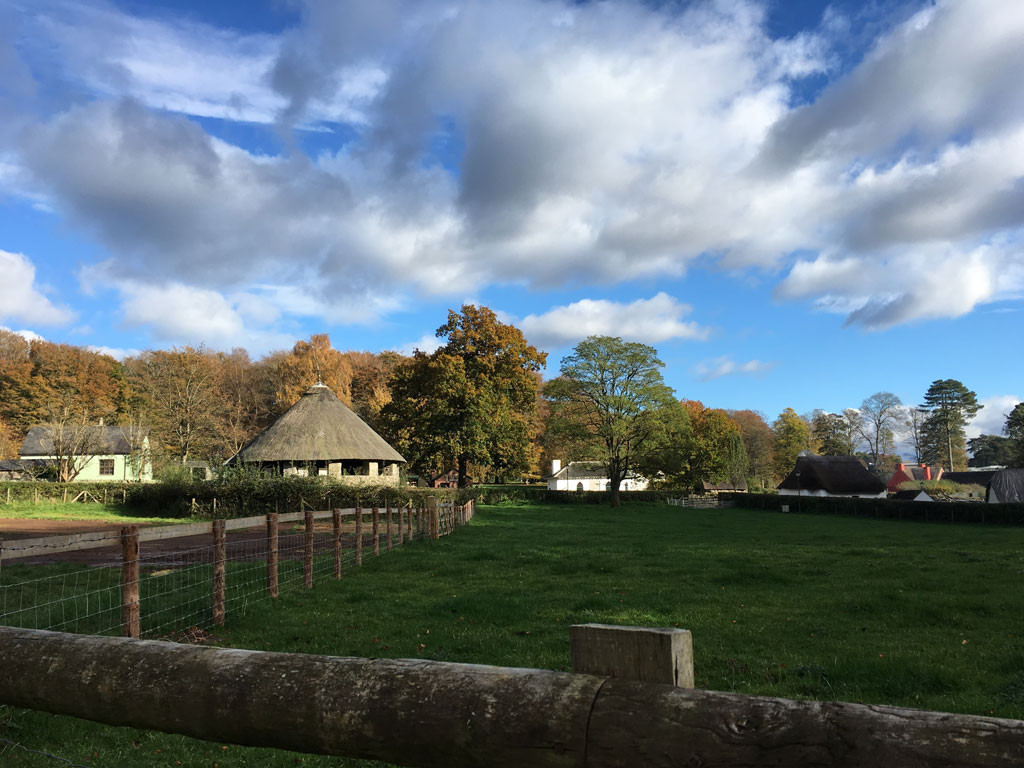
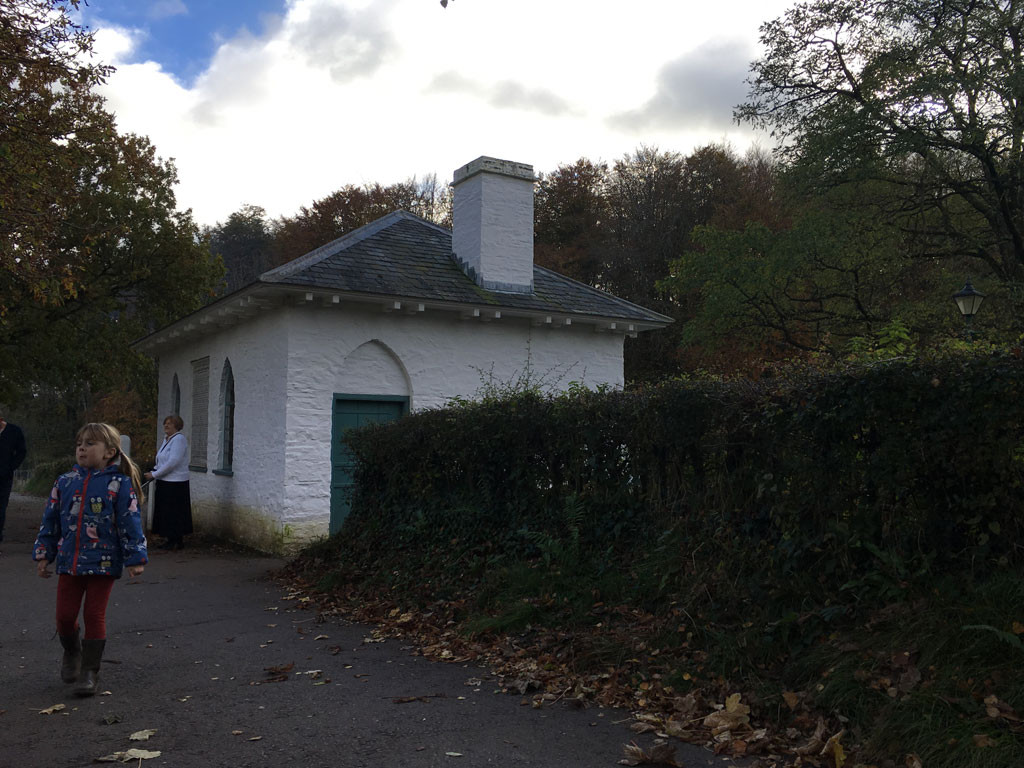
Each building has a breakdown of information regarding its history of Welsh life and where it was originally located stating its purpose.
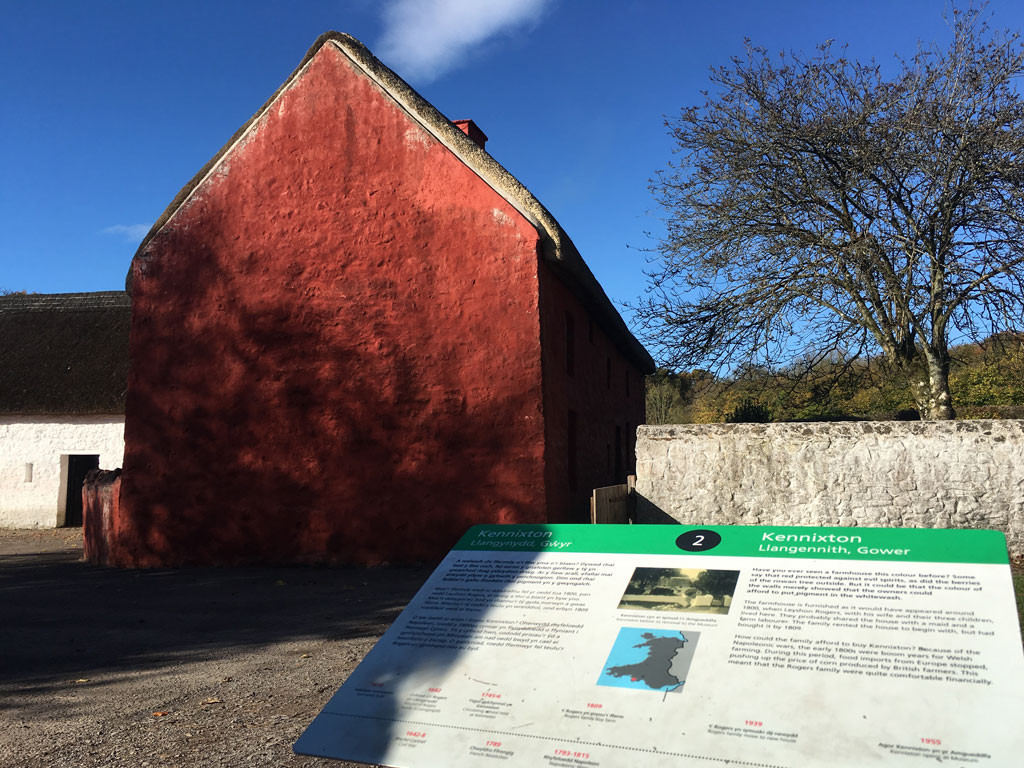
Really well presented historic buildings from all over Wales have been dismantled and pieced together brick by brick in the grounds of the lovely St Fagans castle, an Elizabethan manor. St Fagans celebrates how people in Wales have lived, worked and spent their leisure time.
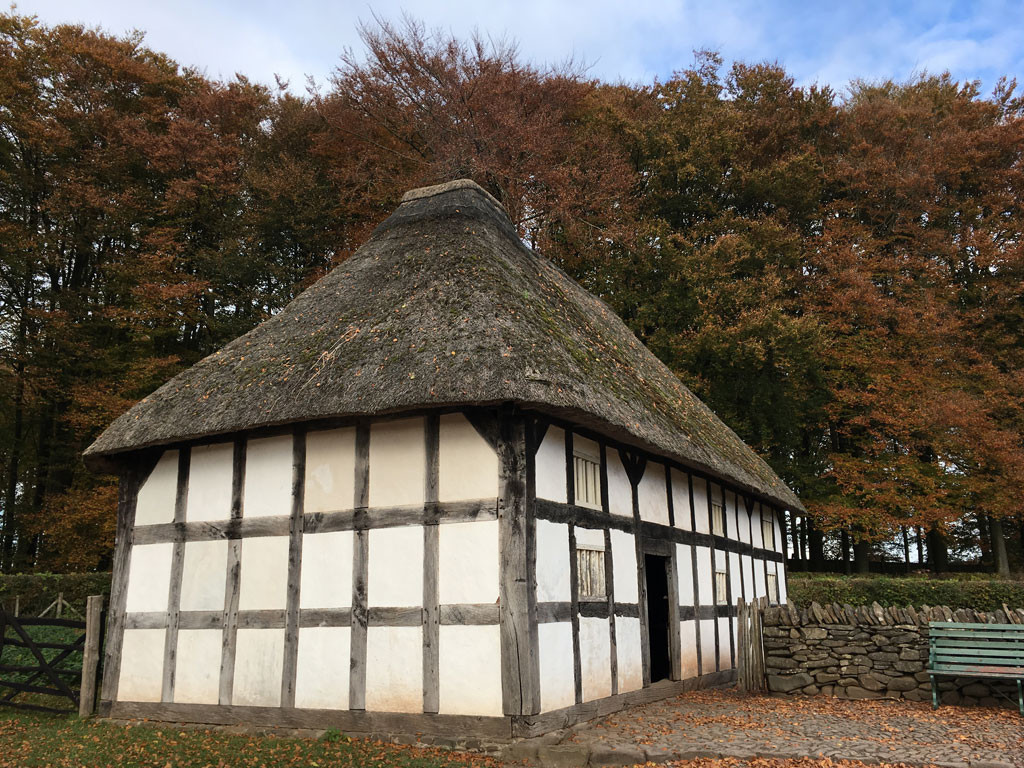
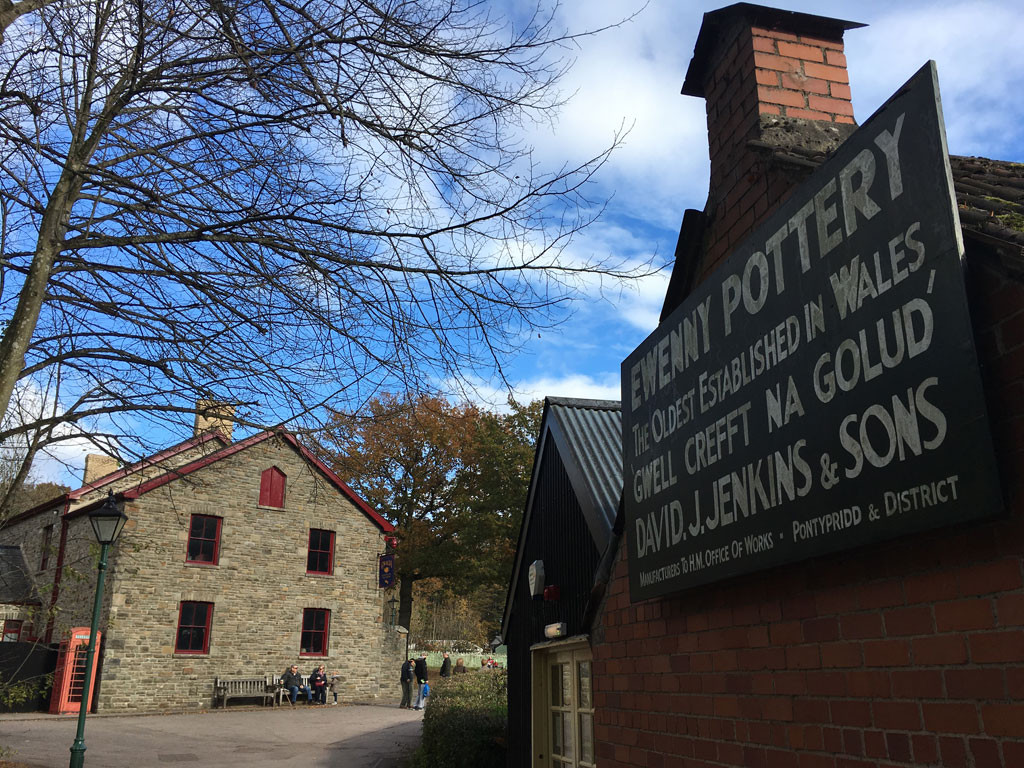
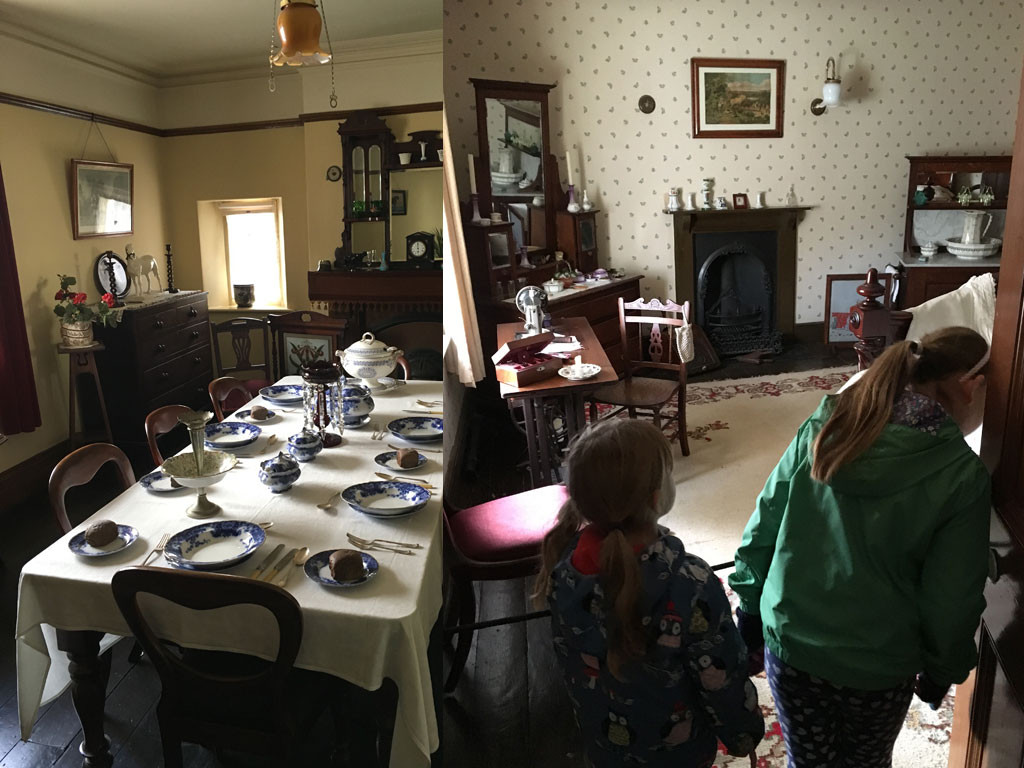
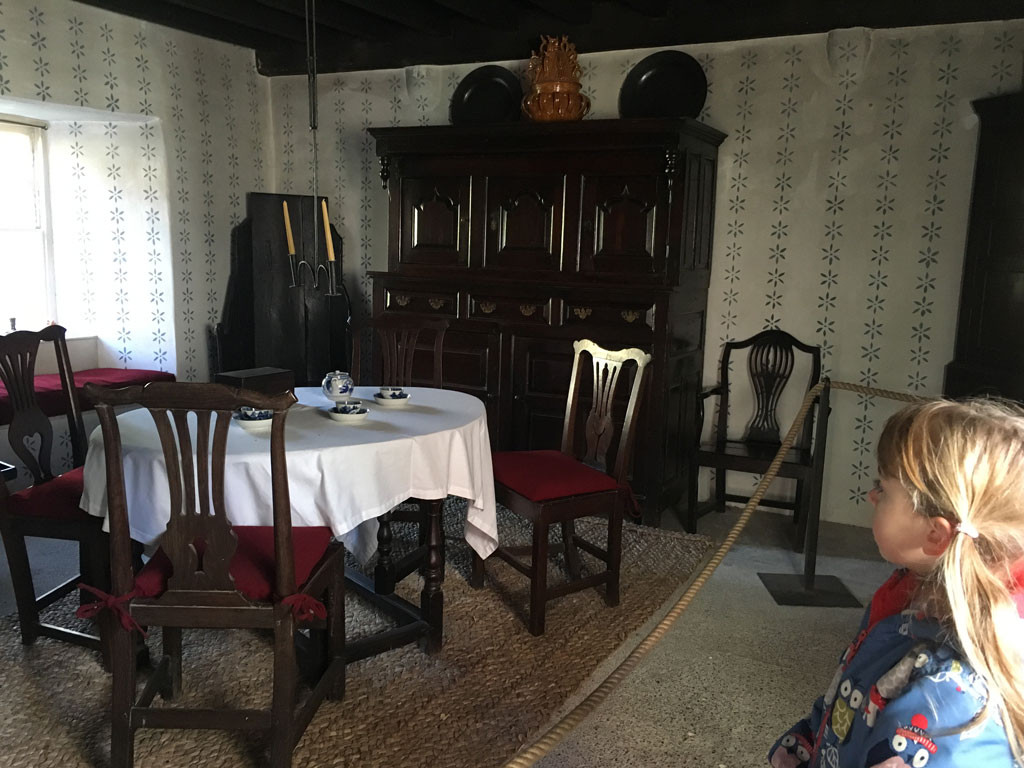
We love visiting at all times of the year but in particular during the Autumn and Winter.
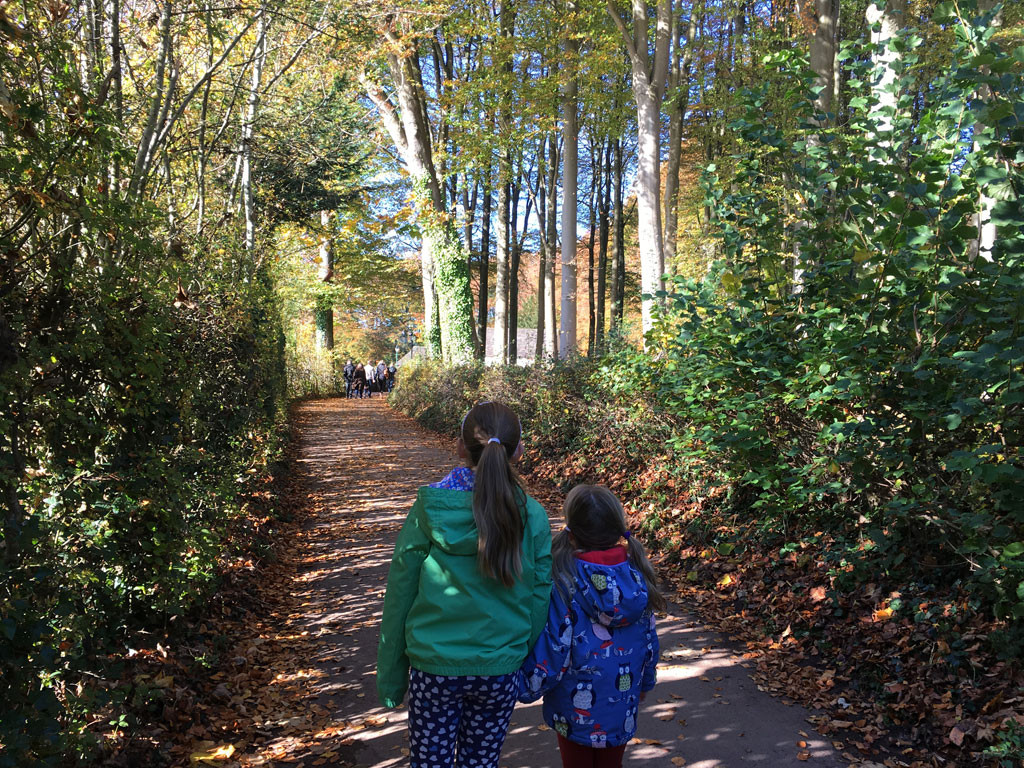 We had a lovely walk on a cold but beautiful November day, and we loved warming up in each of the buildings we entered with their wood or coal fires ablaze in the grates.
We had a lovely walk on a cold but beautiful November day, and we loved warming up in each of the buildings we entered with their wood or coal fires ablaze in the grates.
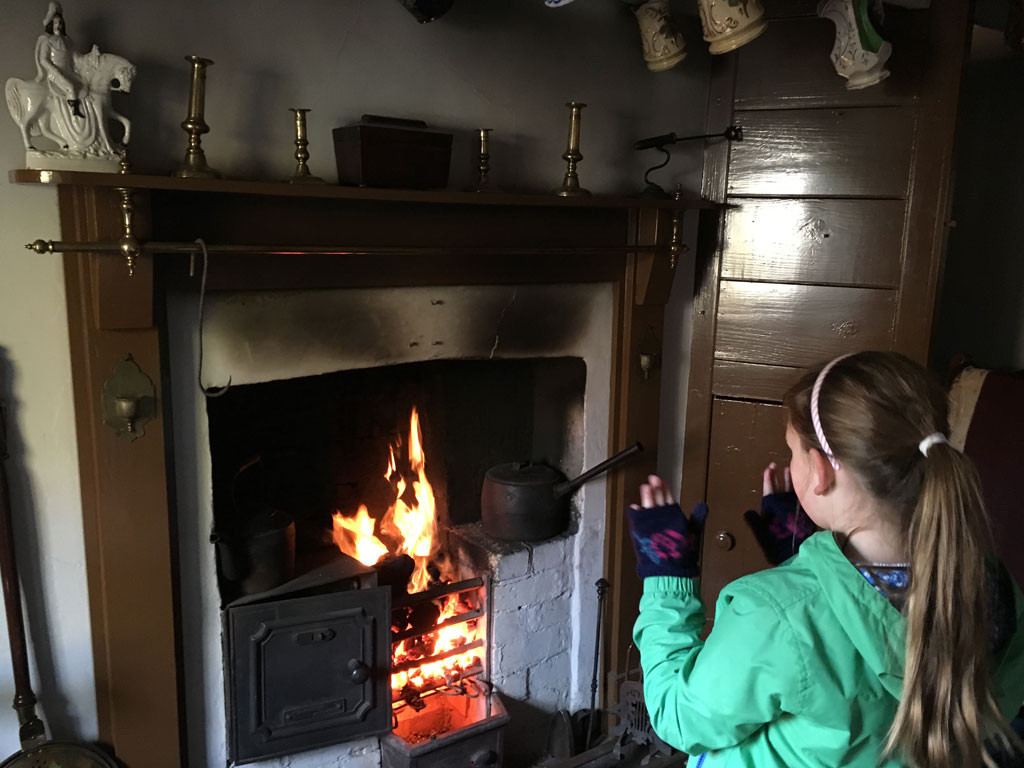
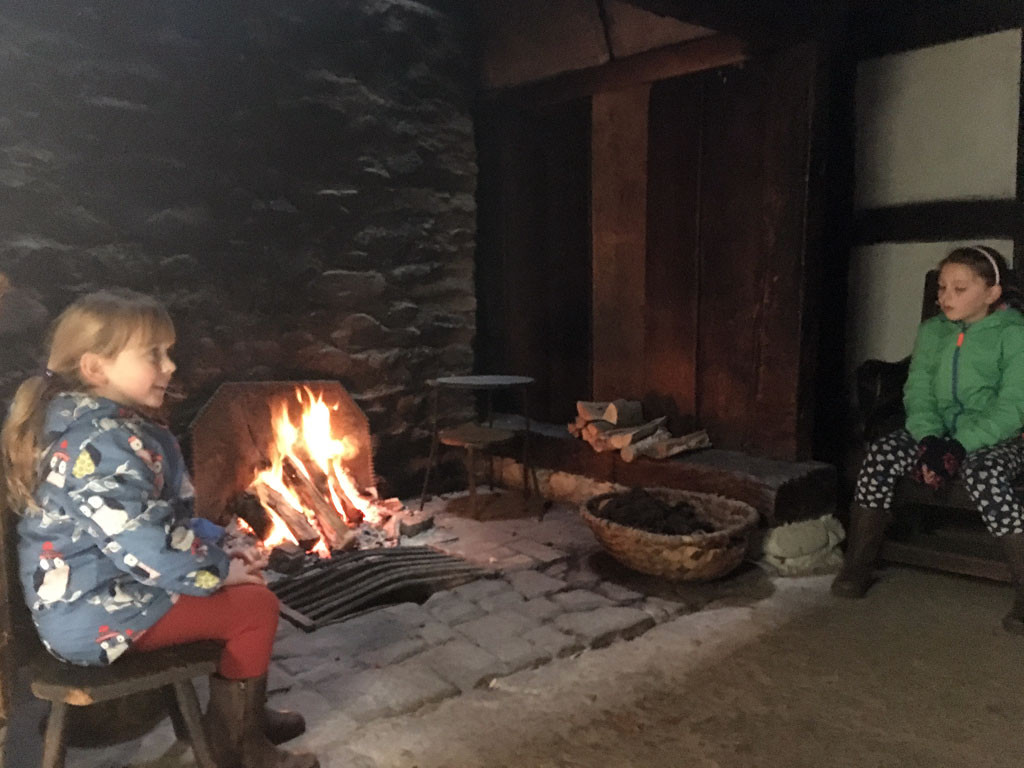
The attraction is set out as a village and includes thatched farmhouses, a watermill, photography studio, tannery, post office, bakery, village store, café, a farm, a school, a chapel and a workmen’s institute.
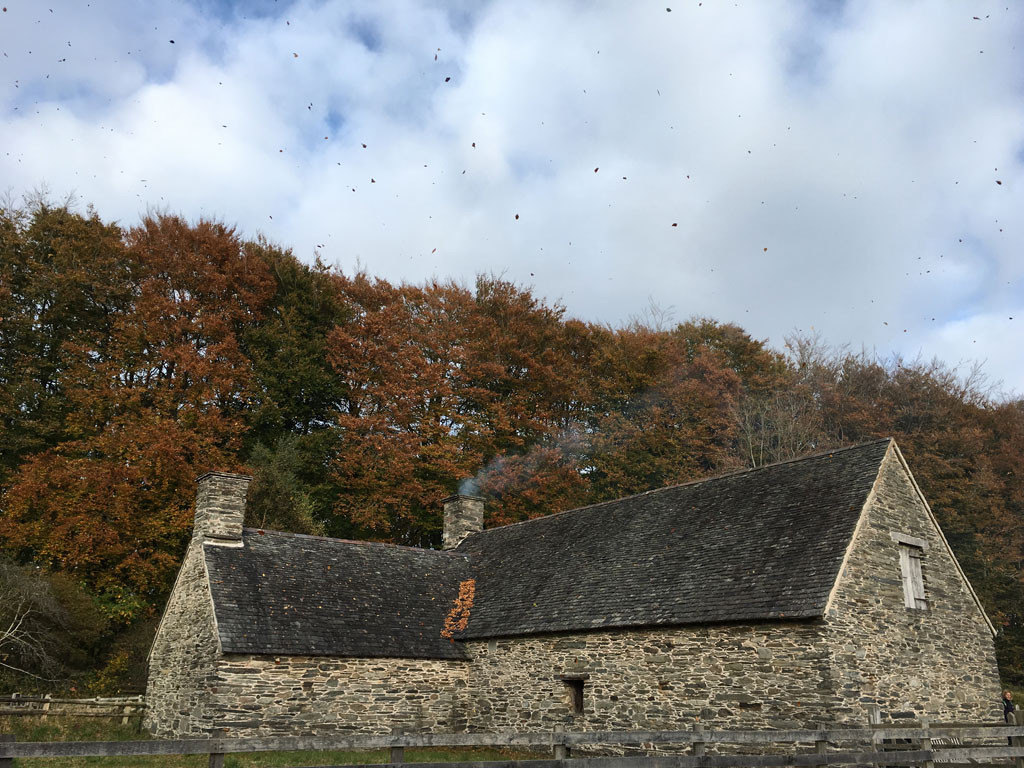
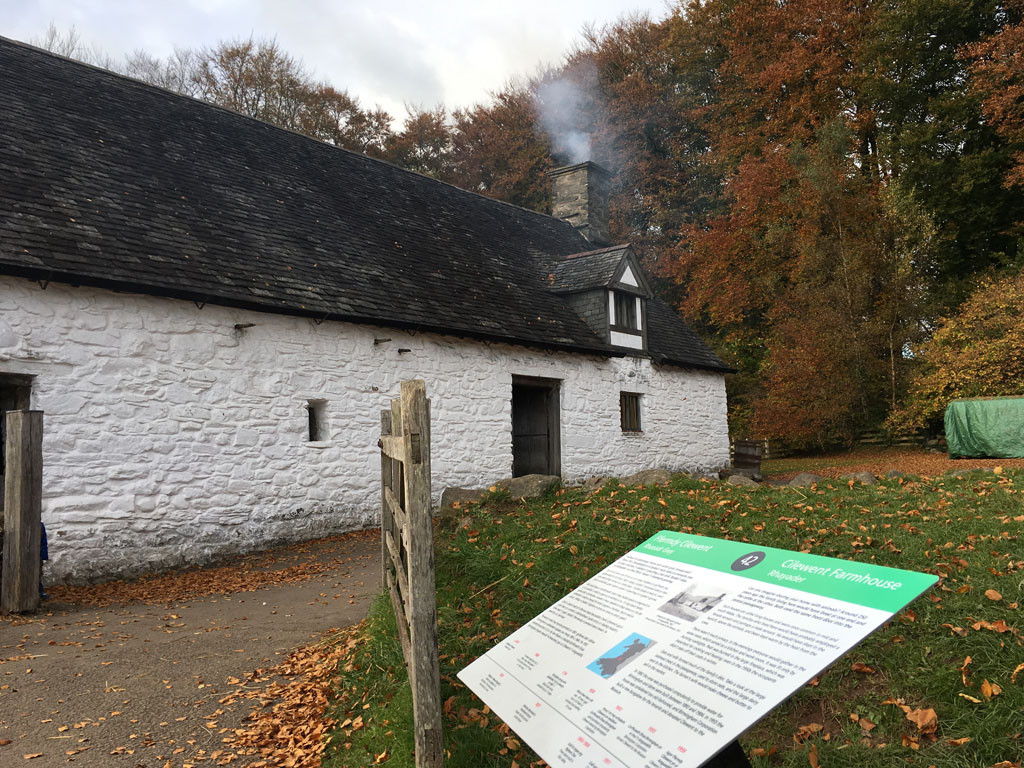
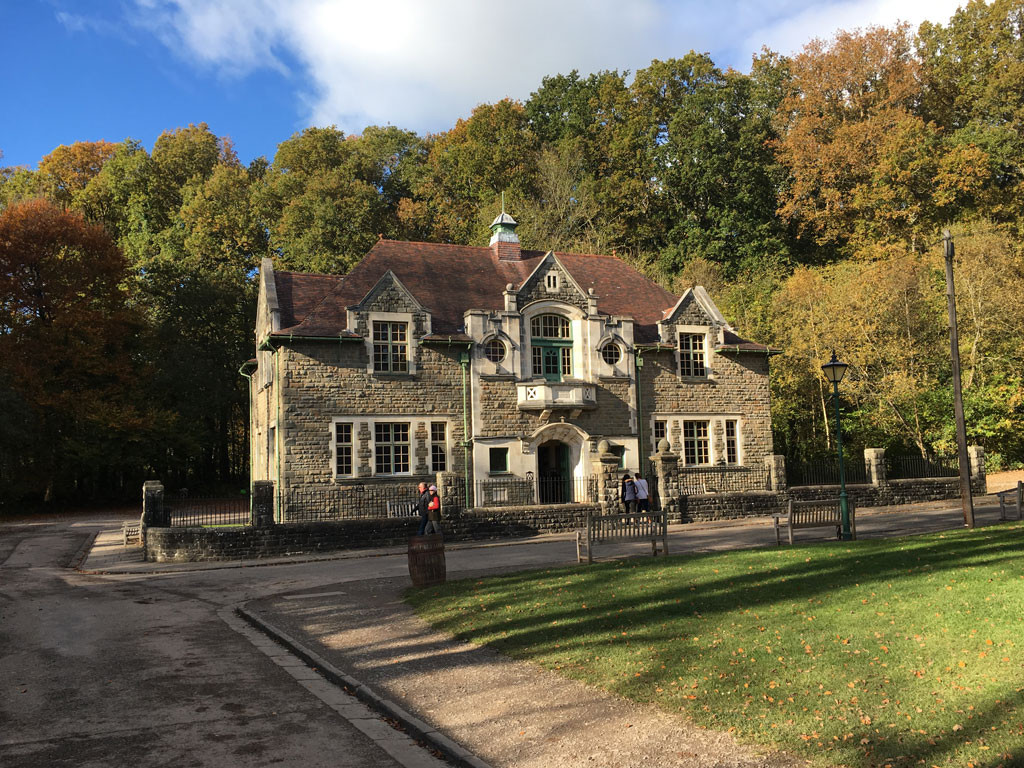
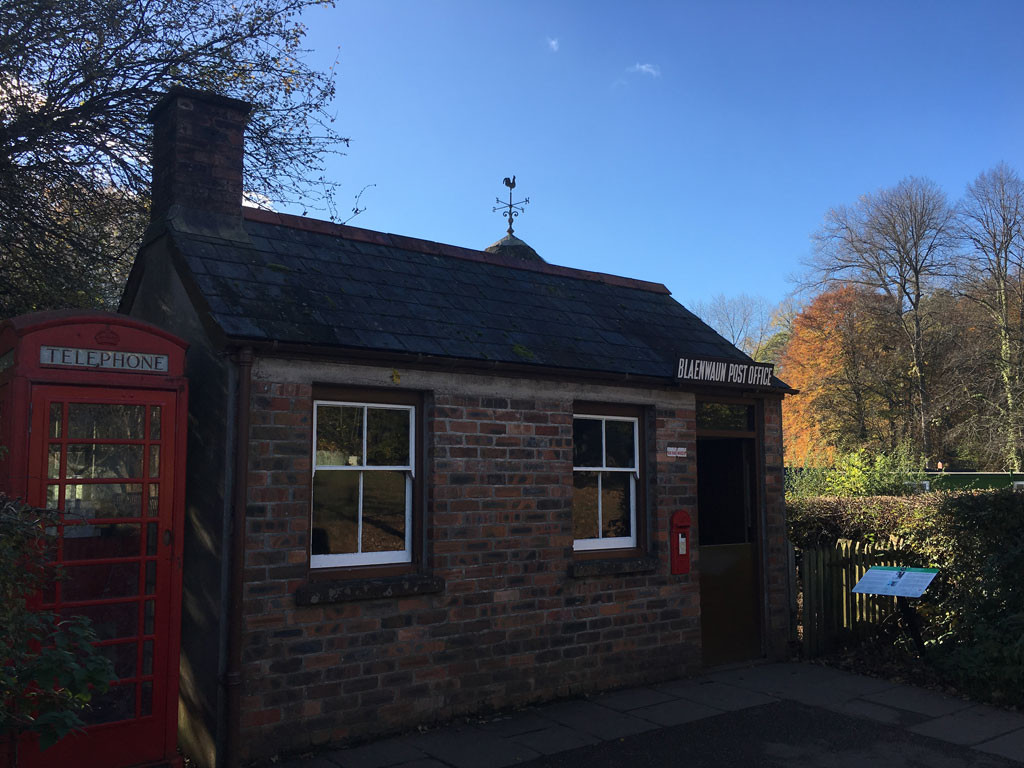 The children loved going to Derwen Bakery. We bought some lovely home made bread and old fashioned hard boiled sweets.
The children loved going to Derwen Bakery. We bought some lovely home made bread and old fashioned hard boiled sweets.
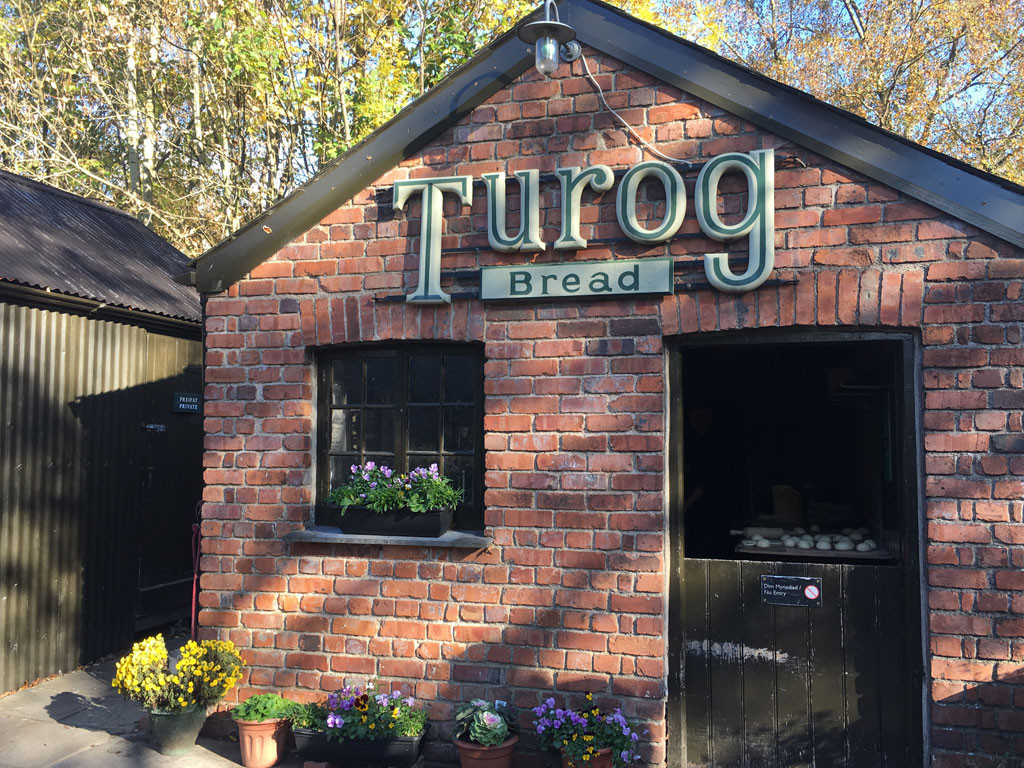
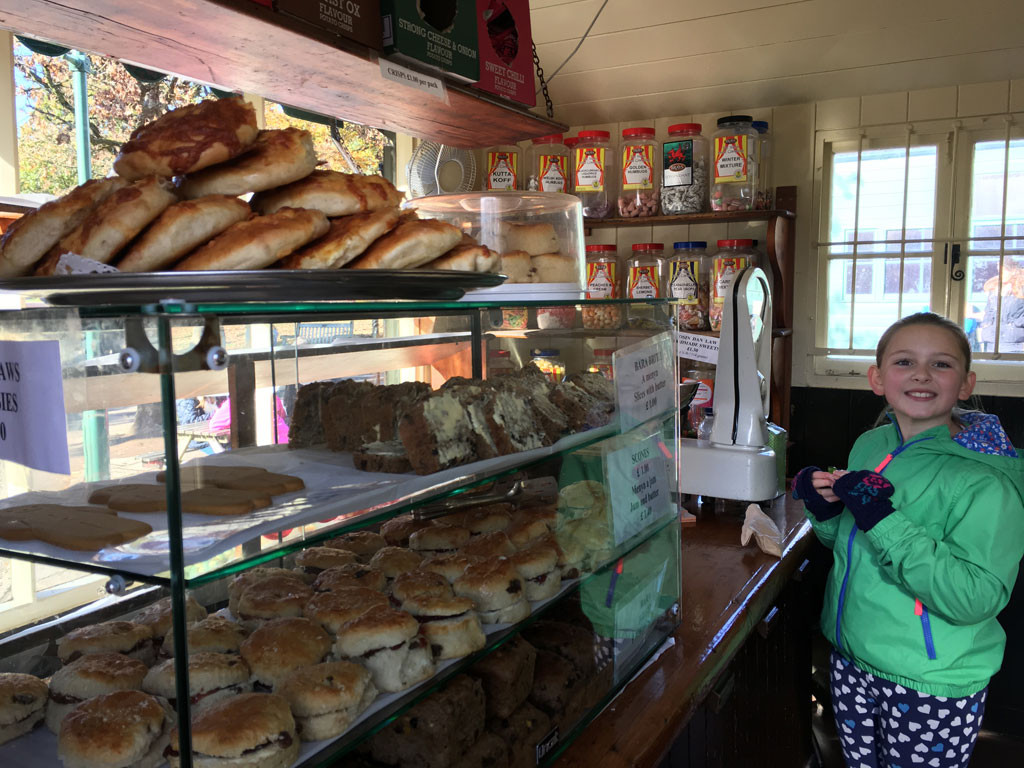
Craftspeople are often on display in many of the buildings demonstrating how clogs, tools and flour was once made, and many of the items can be purchased.
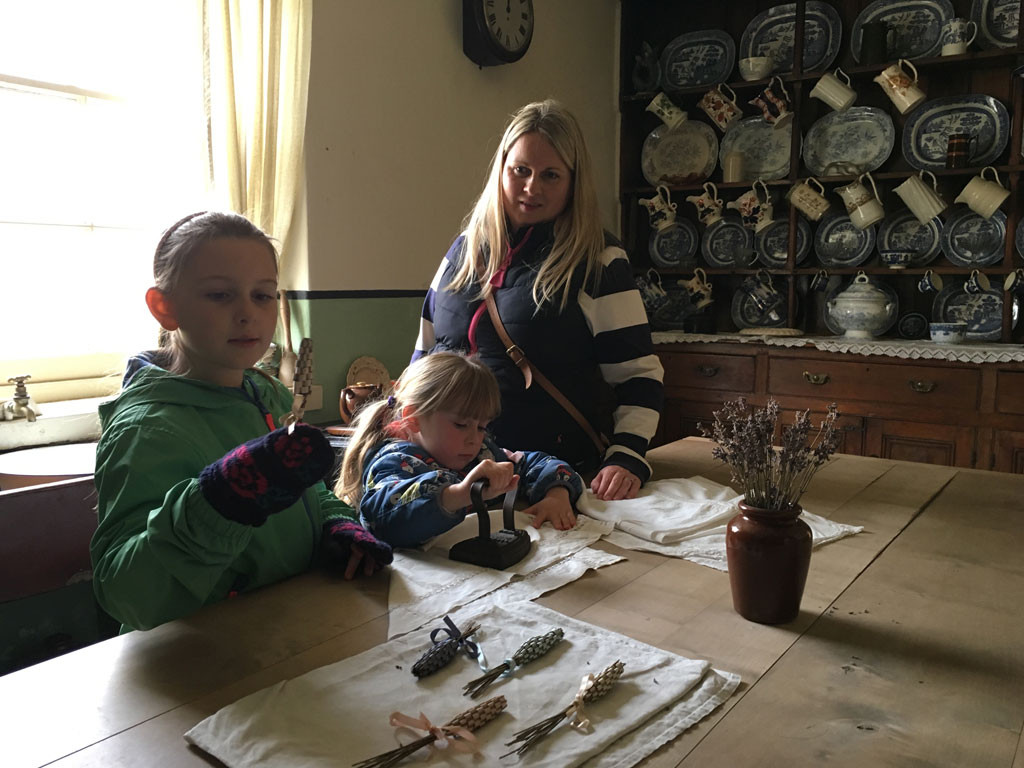
Maestir School was just fantastic. My daughter was studying the Victorian era in school and was very interested in finding out what school would have been like in 1900 which was the time period that this school was recreating. The member of staff was brilliant as he explained to us about the school where children aged five to 14 were taught.
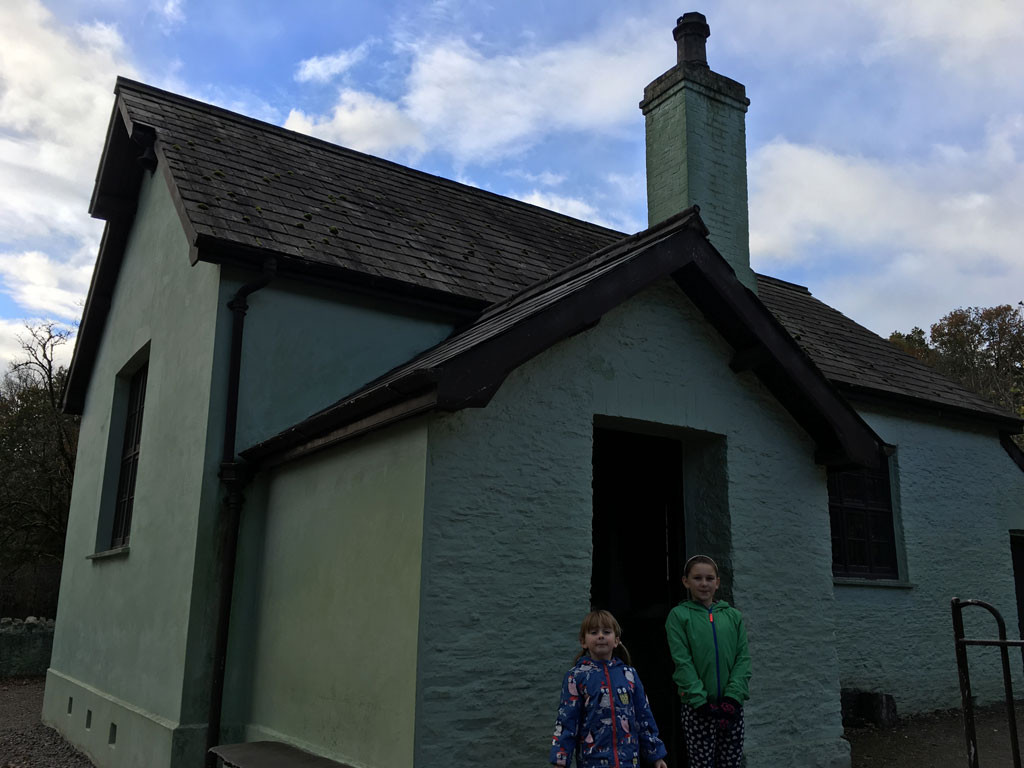
We had the chance to hold the cane and see the Welsh knot which was used if you were caught talking Welsh. The posture board was very interesting and was used to ensure that the children were sitting correctly in class.
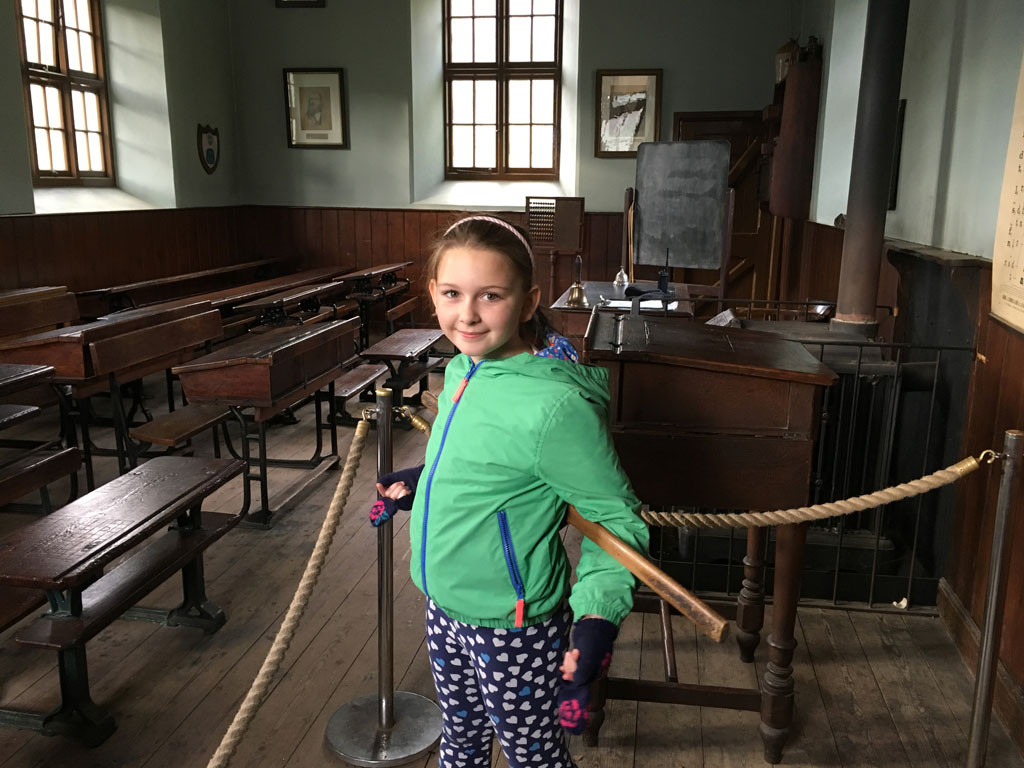
The girls couldn’t believe what the schools used in Victorian times to stop you from trying to write with your left hand.
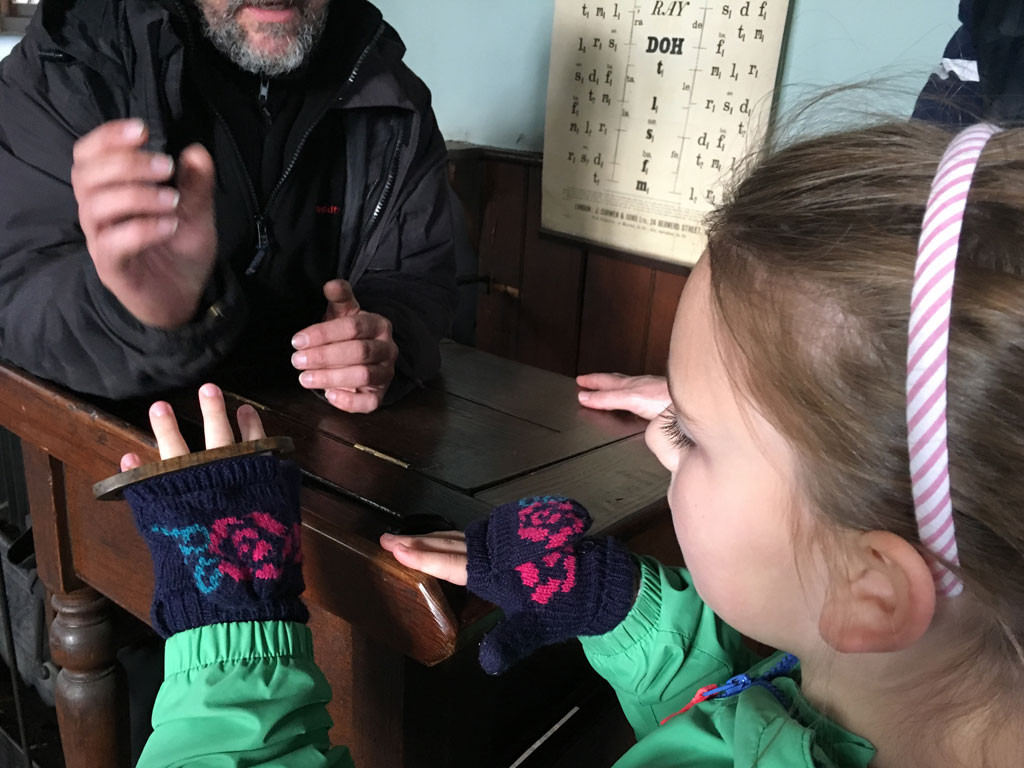
Part of the site includes a small working farm Llwyn-yr-eos Farmstead which concentrates on preserving local Welsh native breeds of livestock.
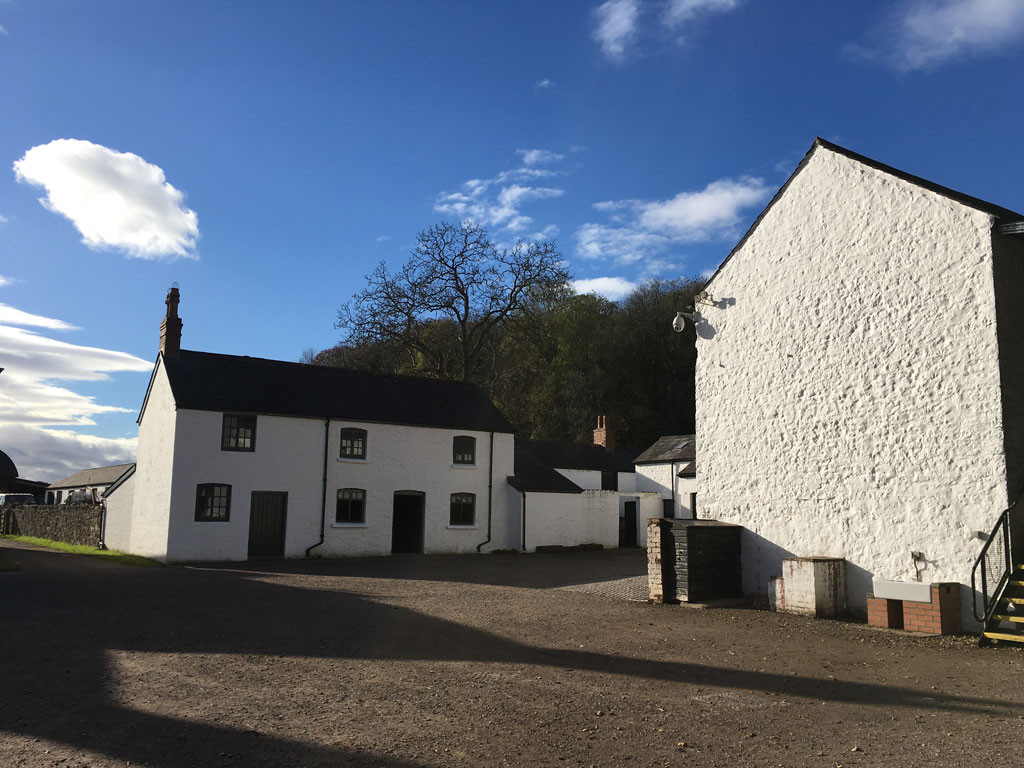
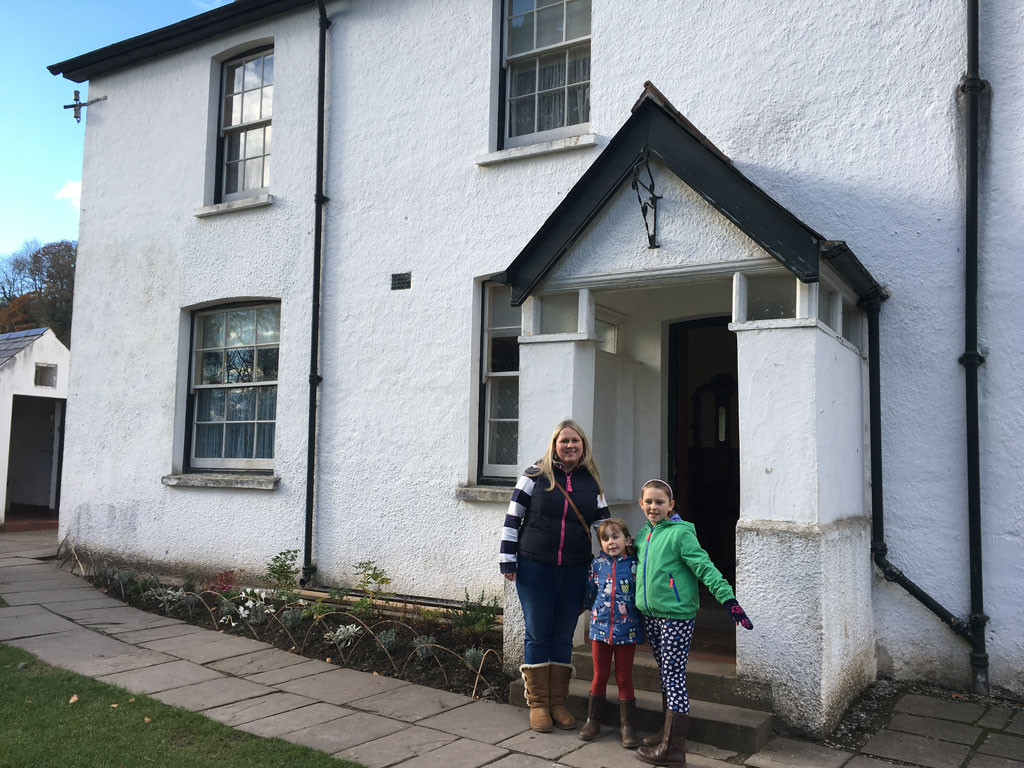
This area is one of my daughters favourite parts of St Fagans. The girls loved visiting the pigs in the pigsty, turkeys, chickens, sheep and ducks.
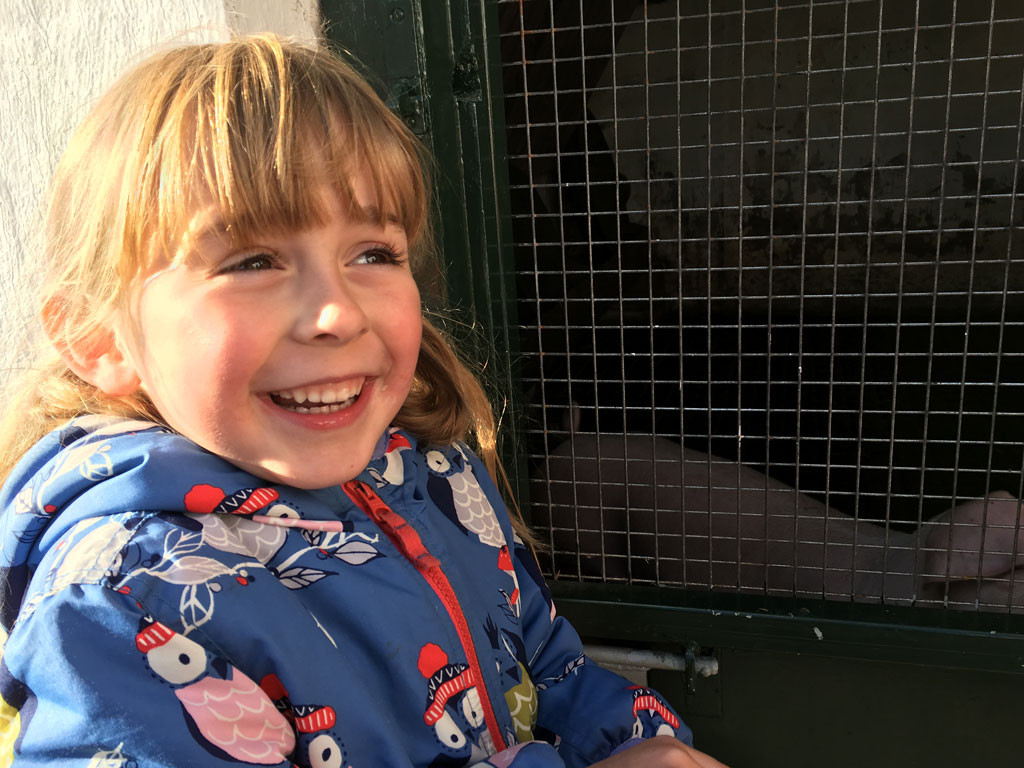
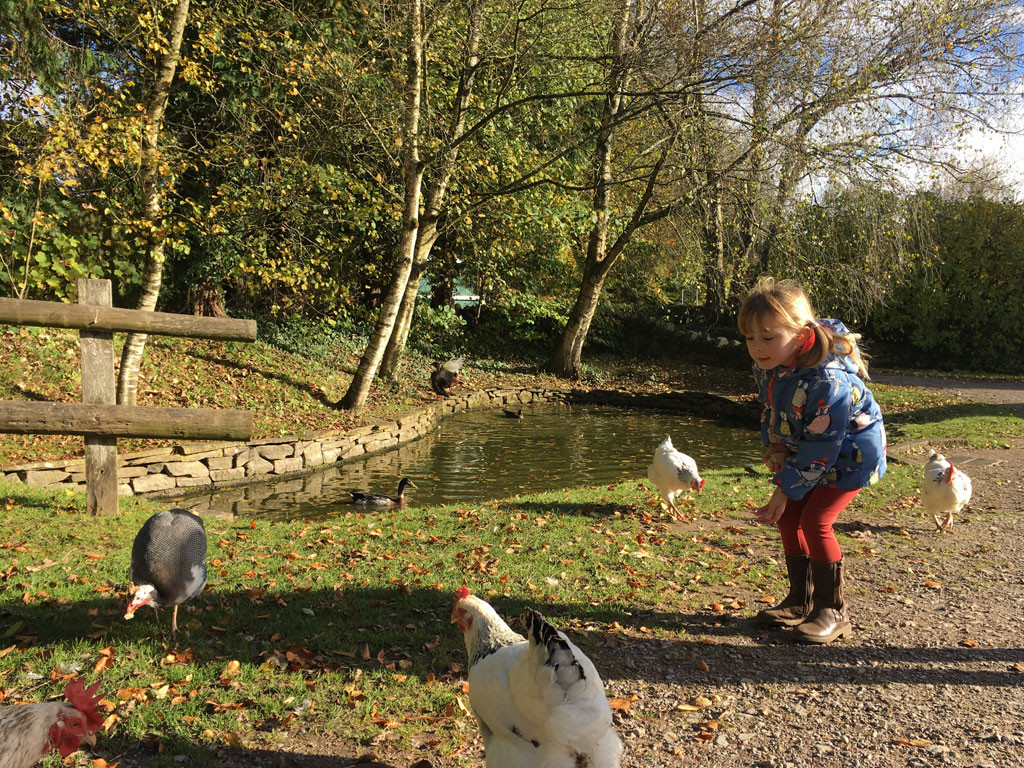
Every building has been reconstructed so well, you would not believe that they had been dismantled and rebuilt.
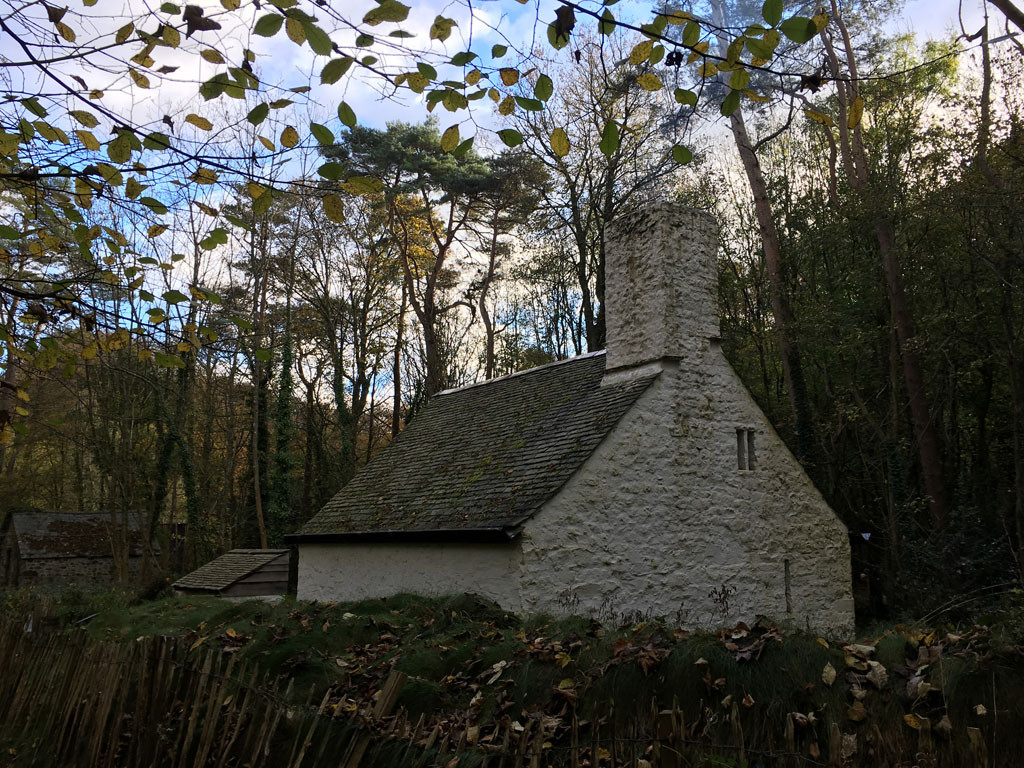
We enjoyed travelling through time as you enter each of the six miners’ cottages at the Rhyd-y-Car Ironworkers’ Houses from Merthyr Tydfil. Each house shows different periods in the town’s history so you can see it’s contents and gardens change from 1805 to 1985.
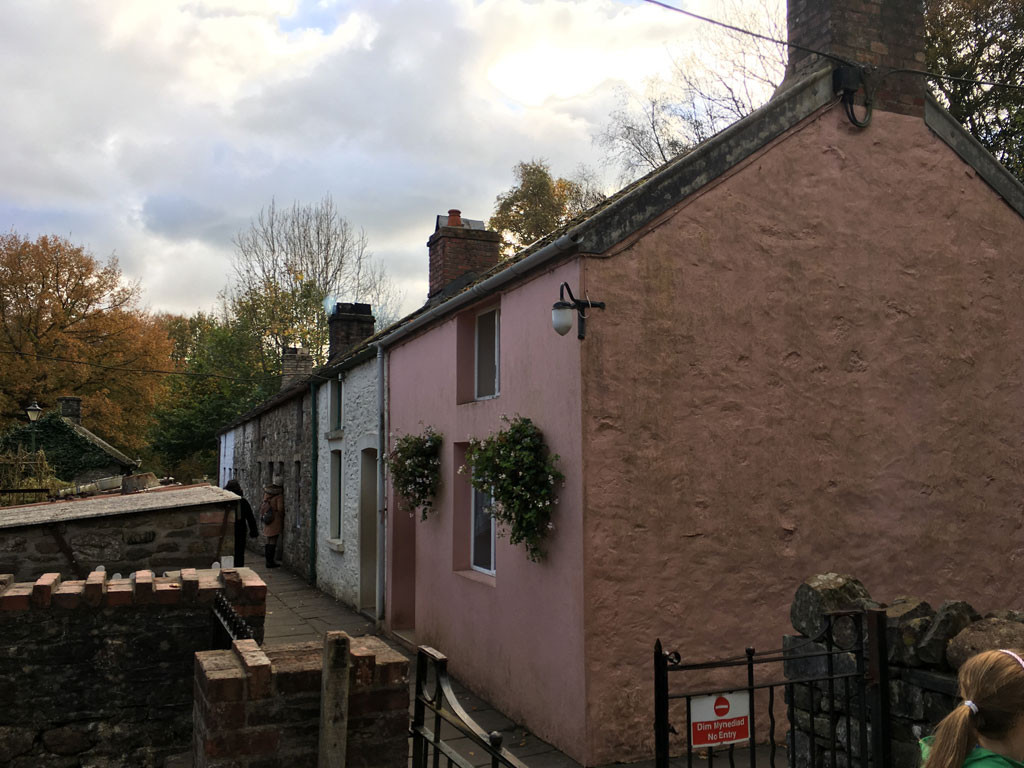
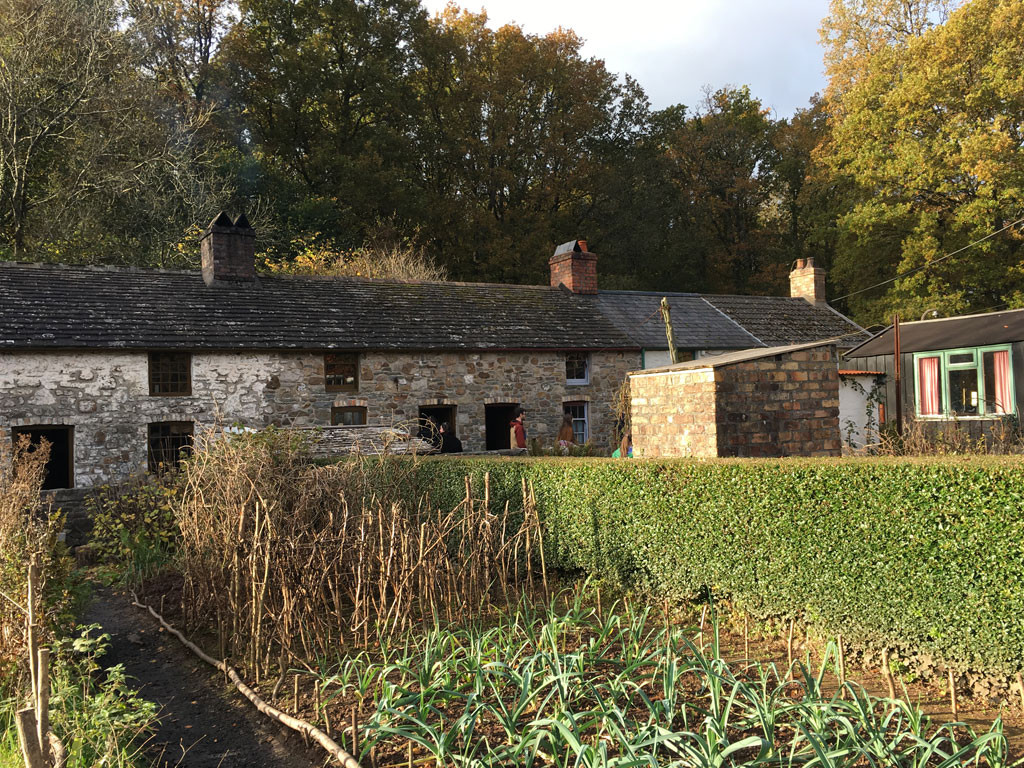 I loved the kitchen in the 1985 property as it was the same as my mother had from my childhood.
I loved the kitchen in the 1985 property as it was the same as my mother had from my childhood.
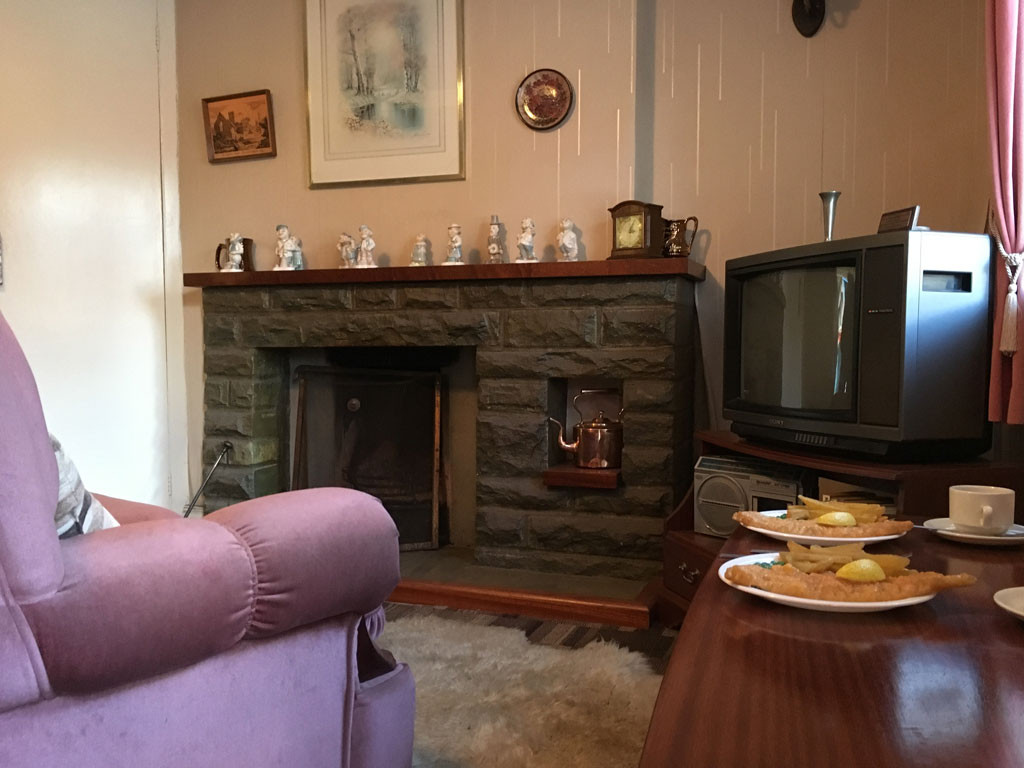
What I love about St Fagans is there is always something new and exciting and with so many great walking routes around the 100 acre site you get to find buildings you haven’t been to before.
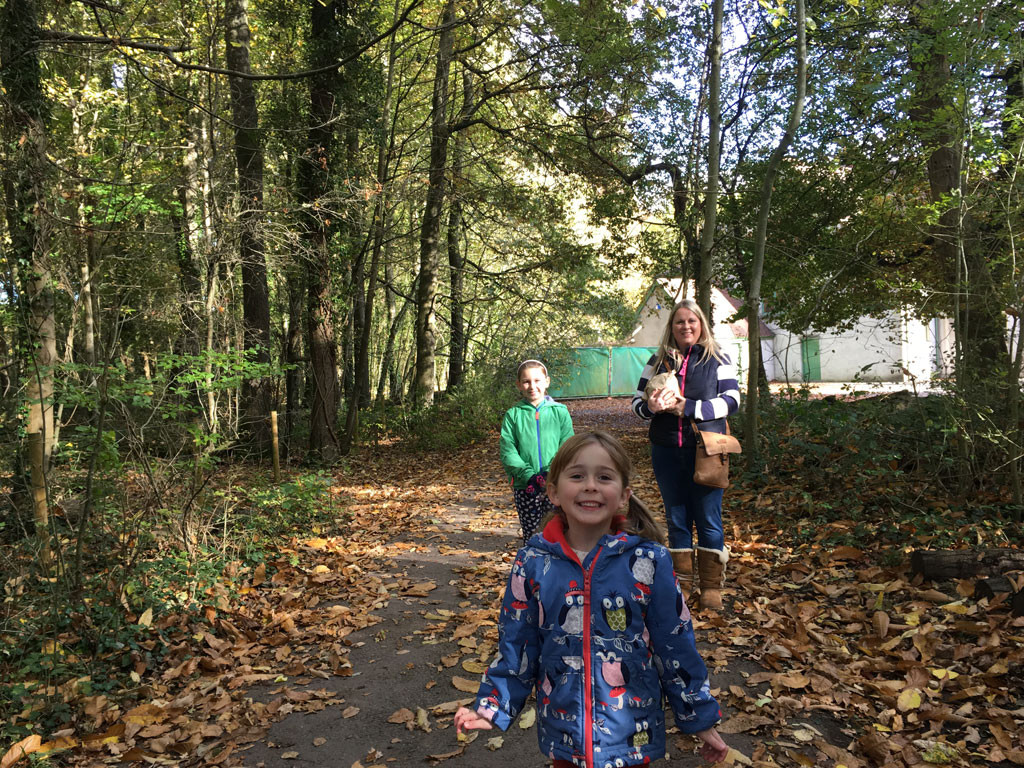 We stumbled upon the medieval parish church of St Teilo (built 1100 to 1520) which was beautiful. It took 20 years to move St Teilo’s church from West Wales to the museum stone by stone.
We stumbled upon the medieval parish church of St Teilo (built 1100 to 1520) which was beautiful. It took 20 years to move St Teilo’s church from West Wales to the museum stone by stone.
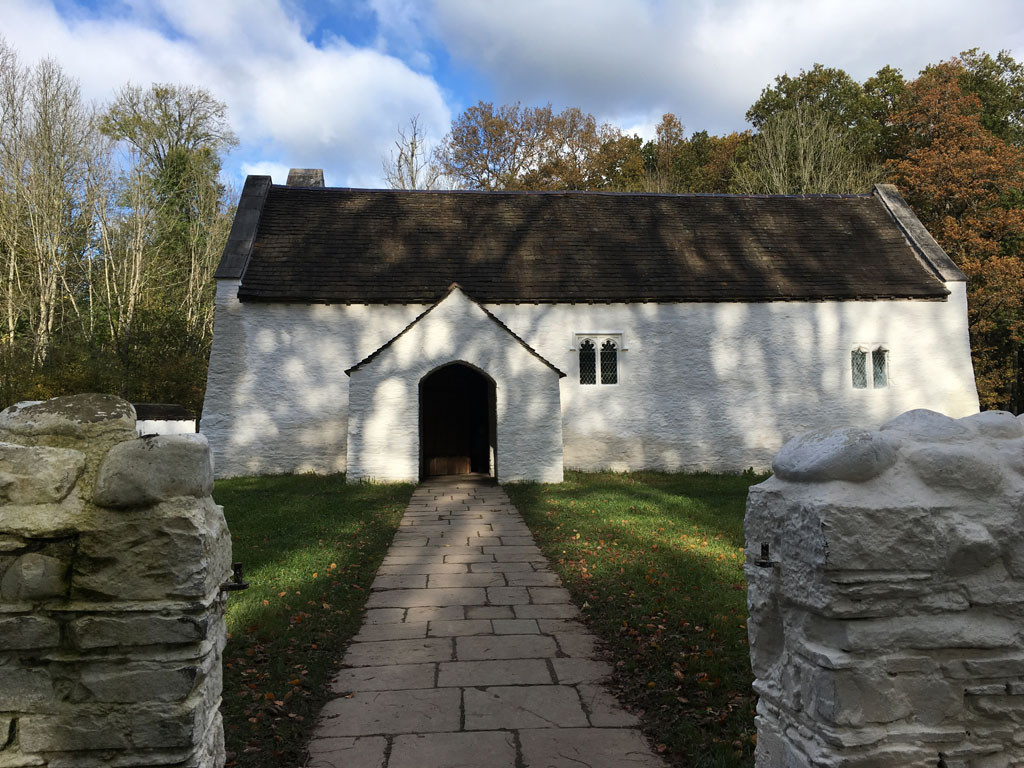
We also made our first visit to Bryn Eryr Iron Age Farmstead, which has just recently opened showing us how Welsh people lived in the Bronze and Iron Ages in Britain,
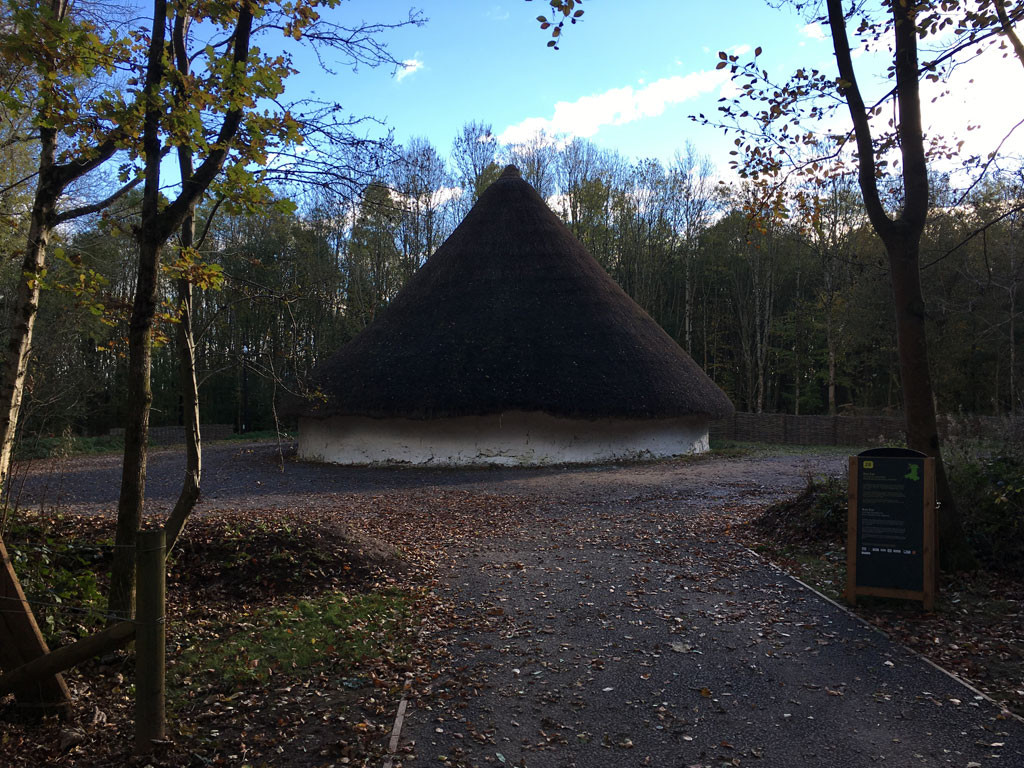
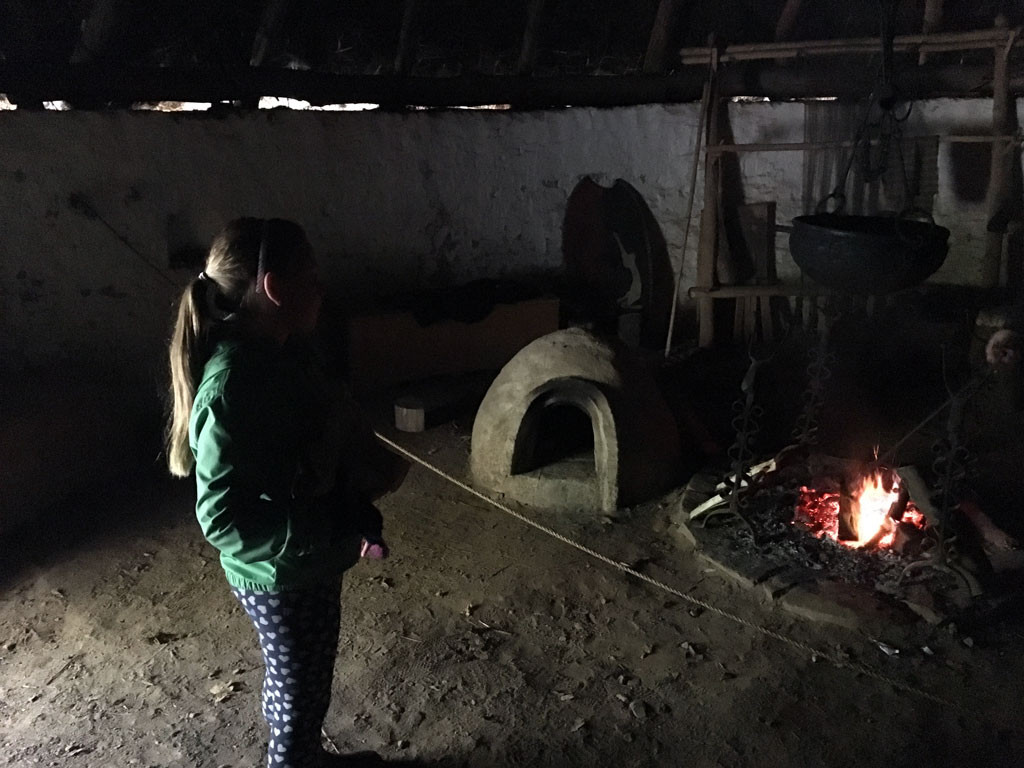 There are too many attractions to highlight, but the Bryn Eryr Iron Age Farmstead, St Teilo’s Church, the Rhyd-y-Car terraced houses, the school, Gwalia Stores and the lovely St Fagans Castle and its Italian gardens are a must visit.
There are too many attractions to highlight, but the Bryn Eryr Iron Age Farmstead, St Teilo’s Church, the Rhyd-y-Car terraced houses, the school, Gwalia Stores and the lovely St Fagans Castle and its Italian gardens are a must visit.
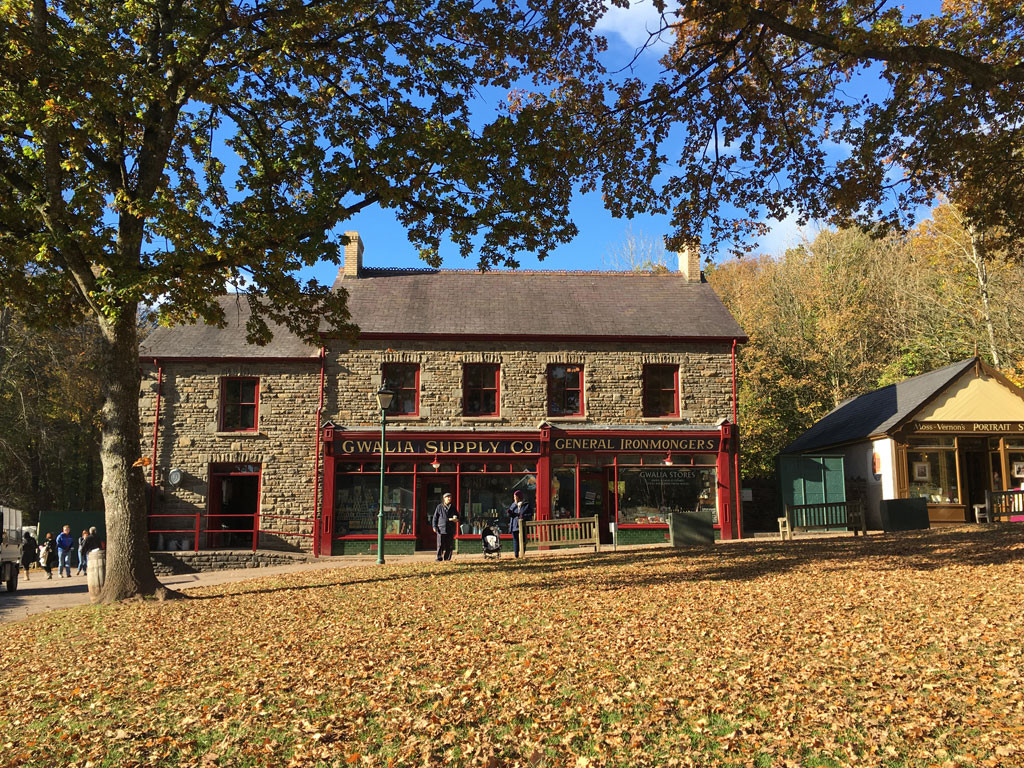
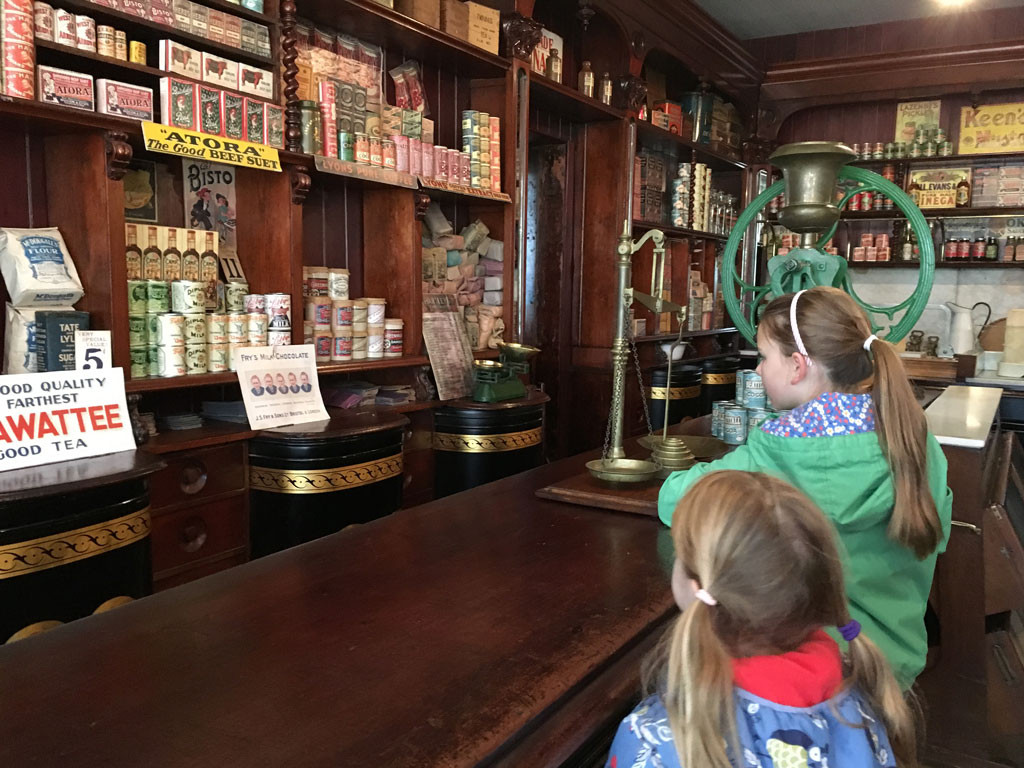
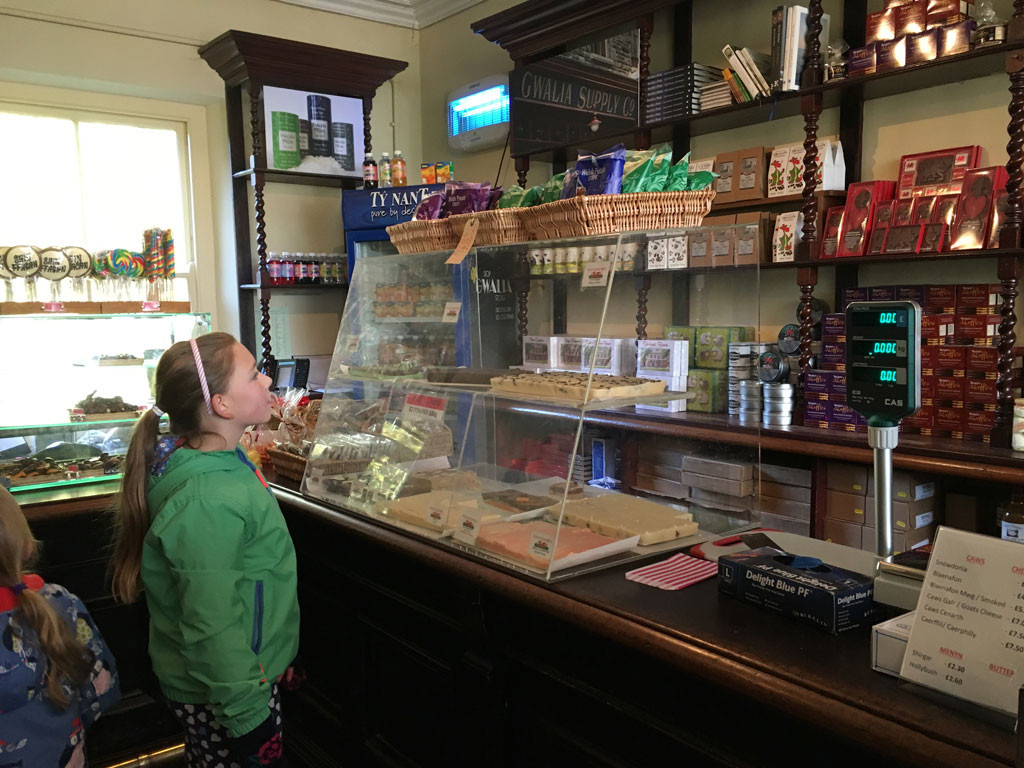
It is a great day out to spend as a family learning a lot about Welsh culture and there are some fabulous walks and nature trails to follow.
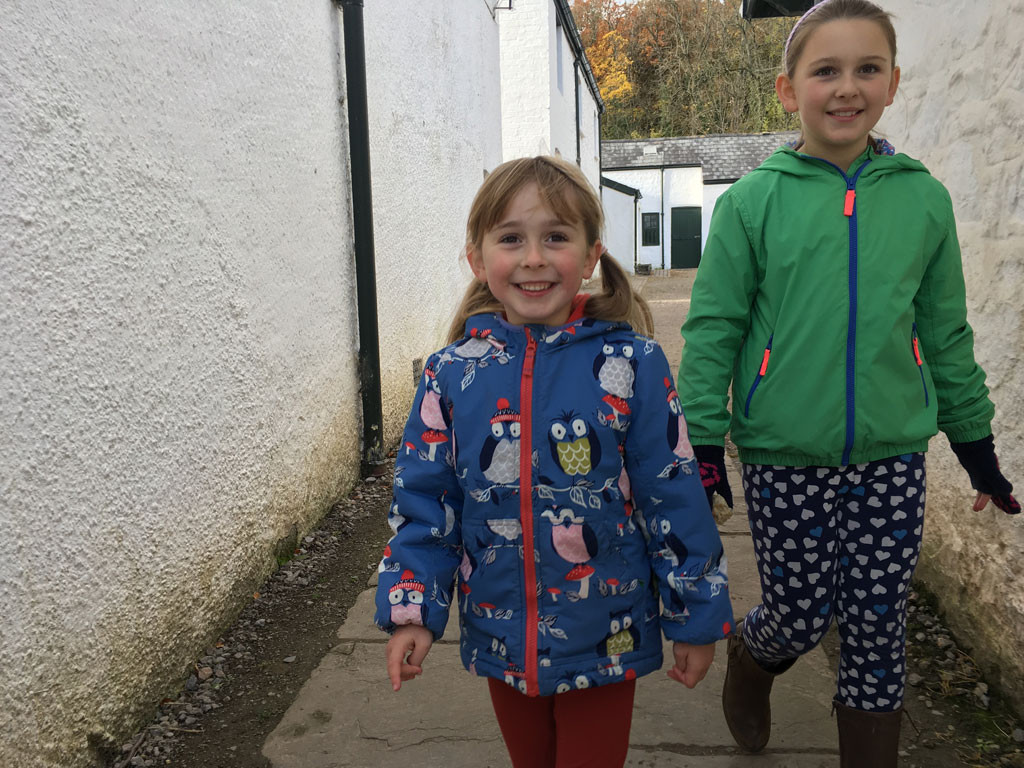 The only slight criticism I have is compared to other open air museums such as Blists Hill and Beamish where you could experience hands on learning through play St Fagans is more of a museum. However the museum is well laid out and staff were knowledgeable and helpful in answering any questions.
The only slight criticism I have is compared to other open air museums such as Blists Hill and Beamish where you could experience hands on learning through play St Fagans is more of a museum. However the museum is well laid out and staff were knowledgeable and helpful in answering any questions.
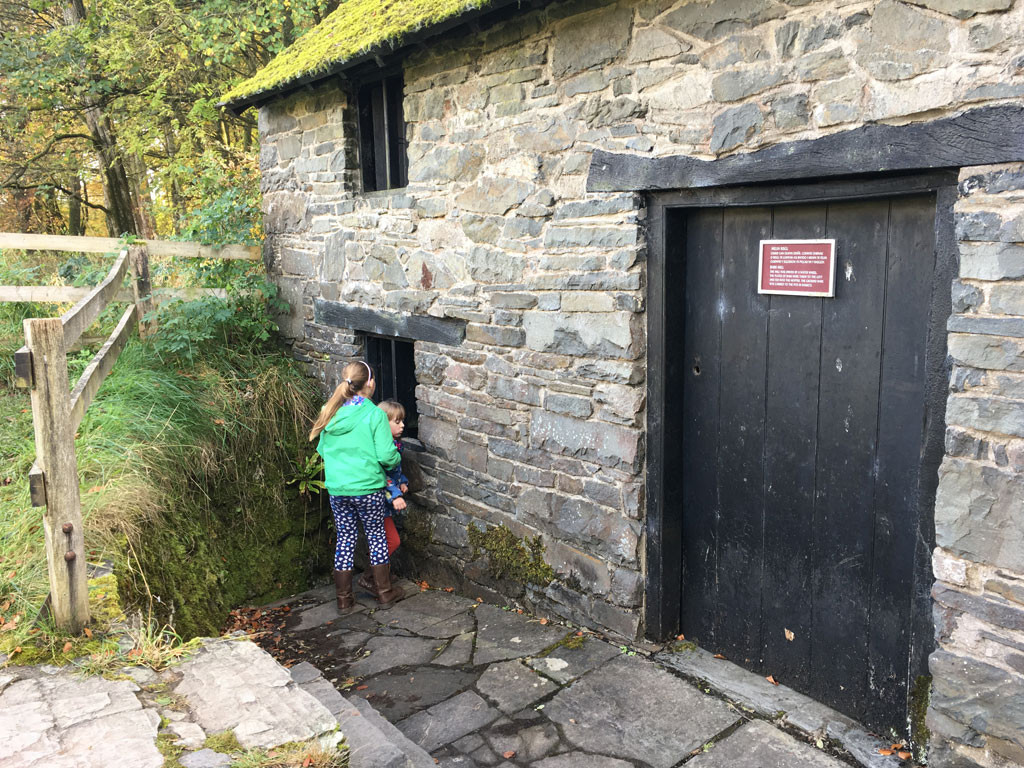 There is a lot of work currently being undertaken to make St Fagans even bigger and better but it didn’t spoil the enjoyment of our visit. This included a new play park area which the girls loved and we have trouble getting them out of here.
There is a lot of work currently being undertaken to make St Fagans even bigger and better but it didn’t spoil the enjoyment of our visit. This included a new play park area which the girls loved and we have trouble getting them out of here.
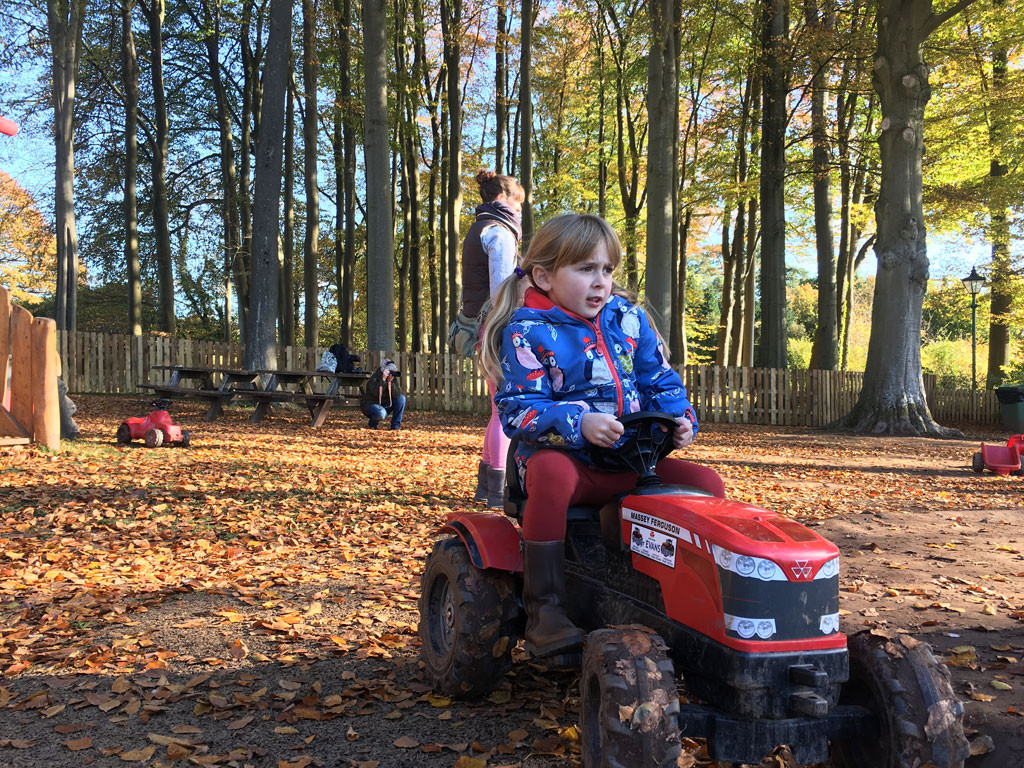
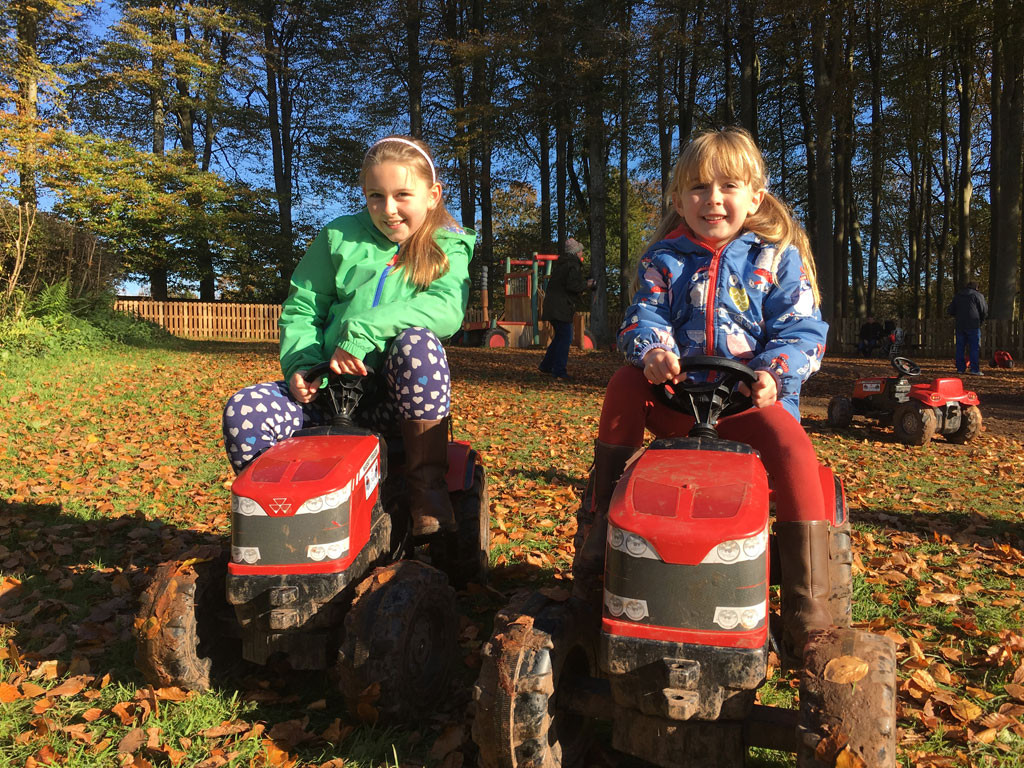
Other new developments include the rebuilding of the Vulcan, a Cardiff pub which will be serving ales from local breweries to a new visitor centre. The castle is also currently closed for maintenance and will reopen in May 2017.
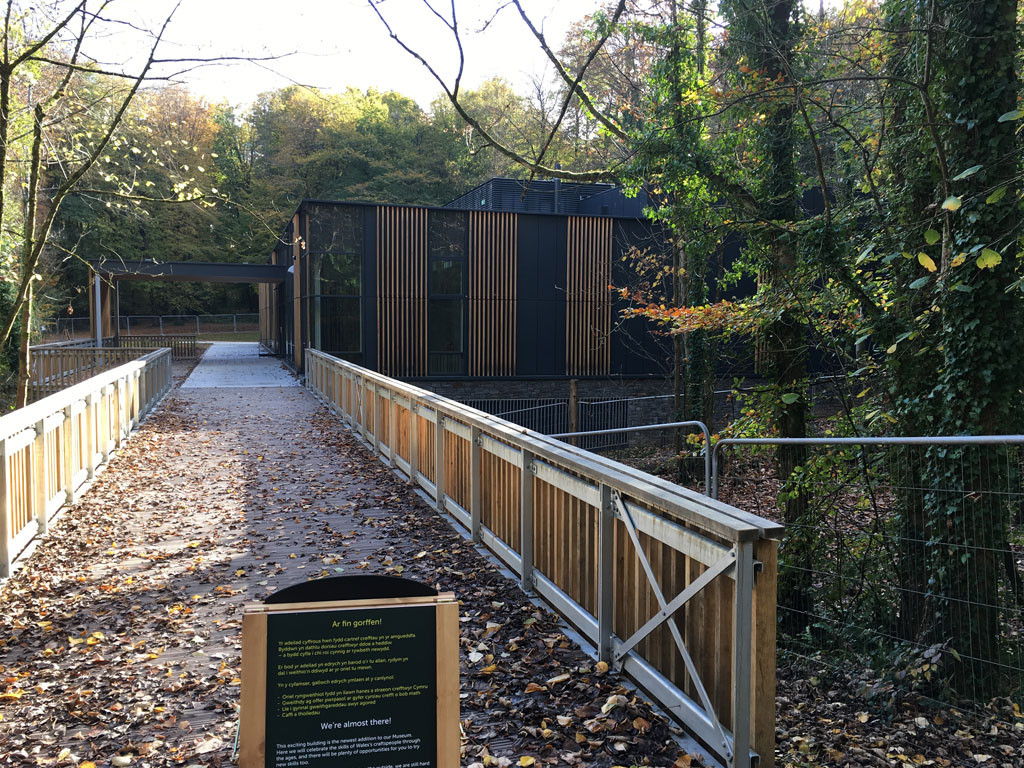
It is a fascinating place to visit especially with the children and it’s very educational. We love bringing the children here, they have plenty of fun and would recommend for all ages who are visiting the Cardiff area.

I loved St Fagans when I visited. I think it is a fantastic day out and great to see such a variety of different buildings from a range of time periods. Lovely photos!
Thanks Nicola, it’s one of our favourite places. Each visit can be completely different as there is so much to do.